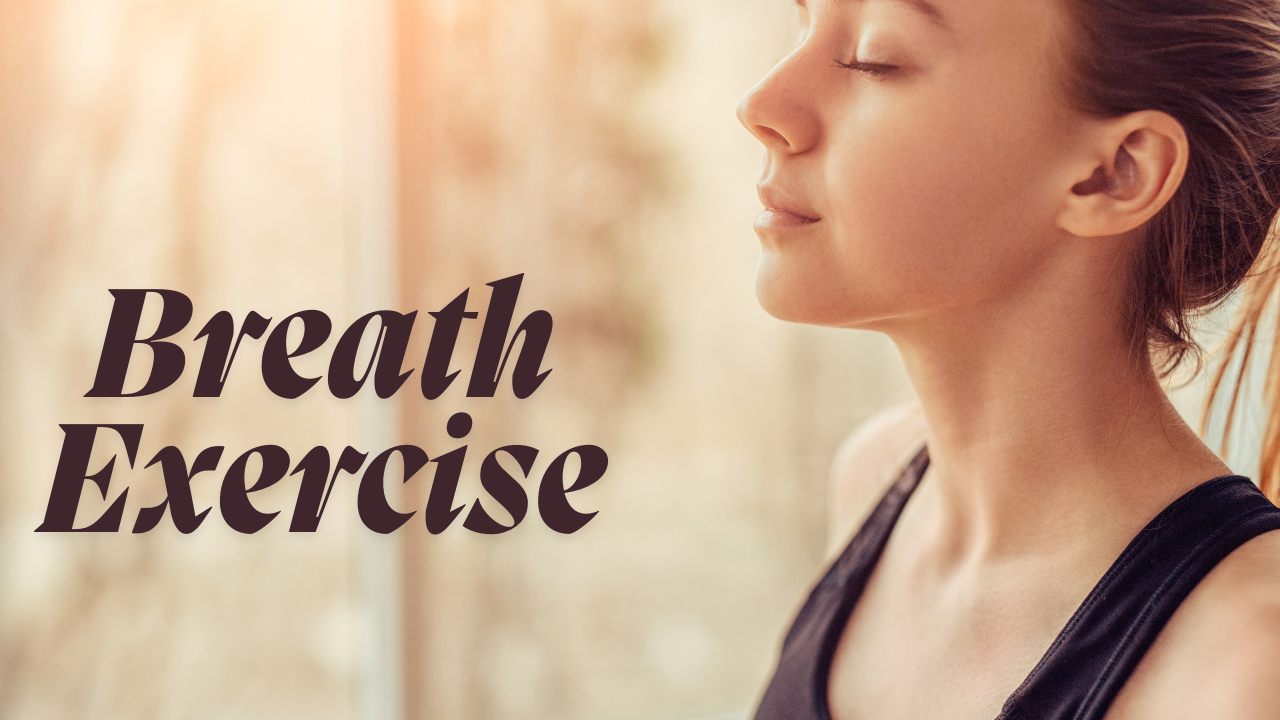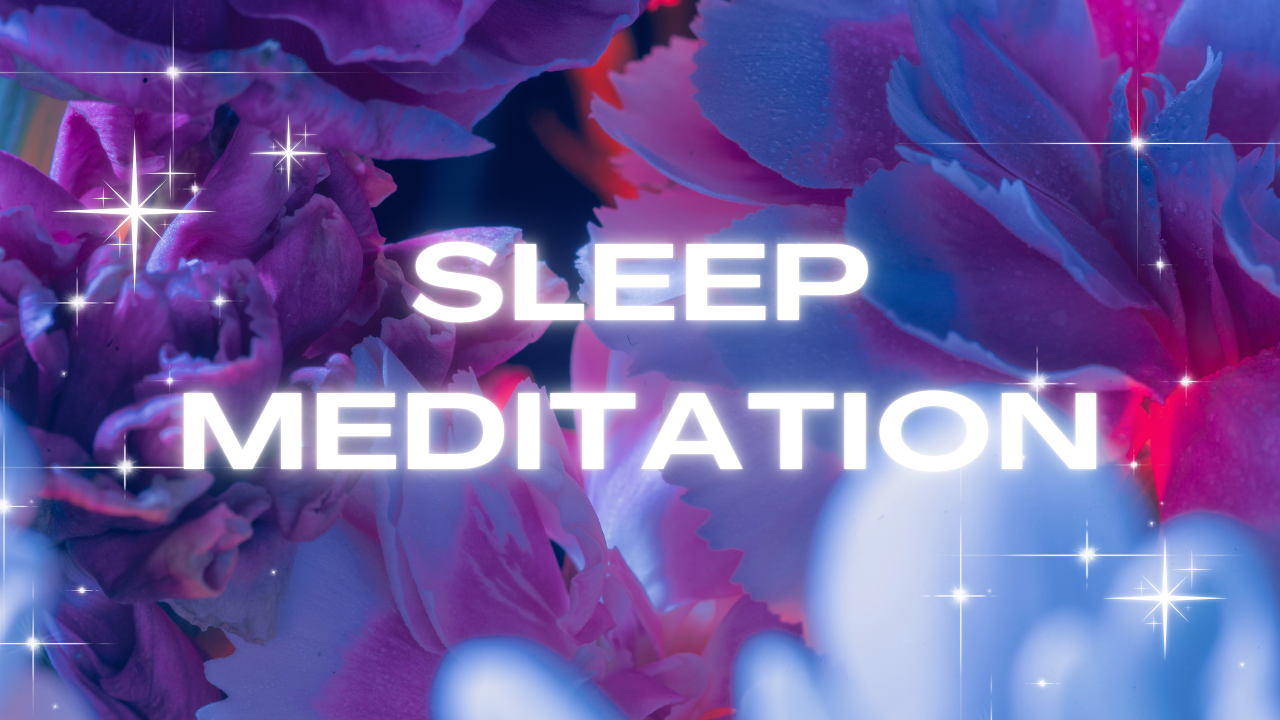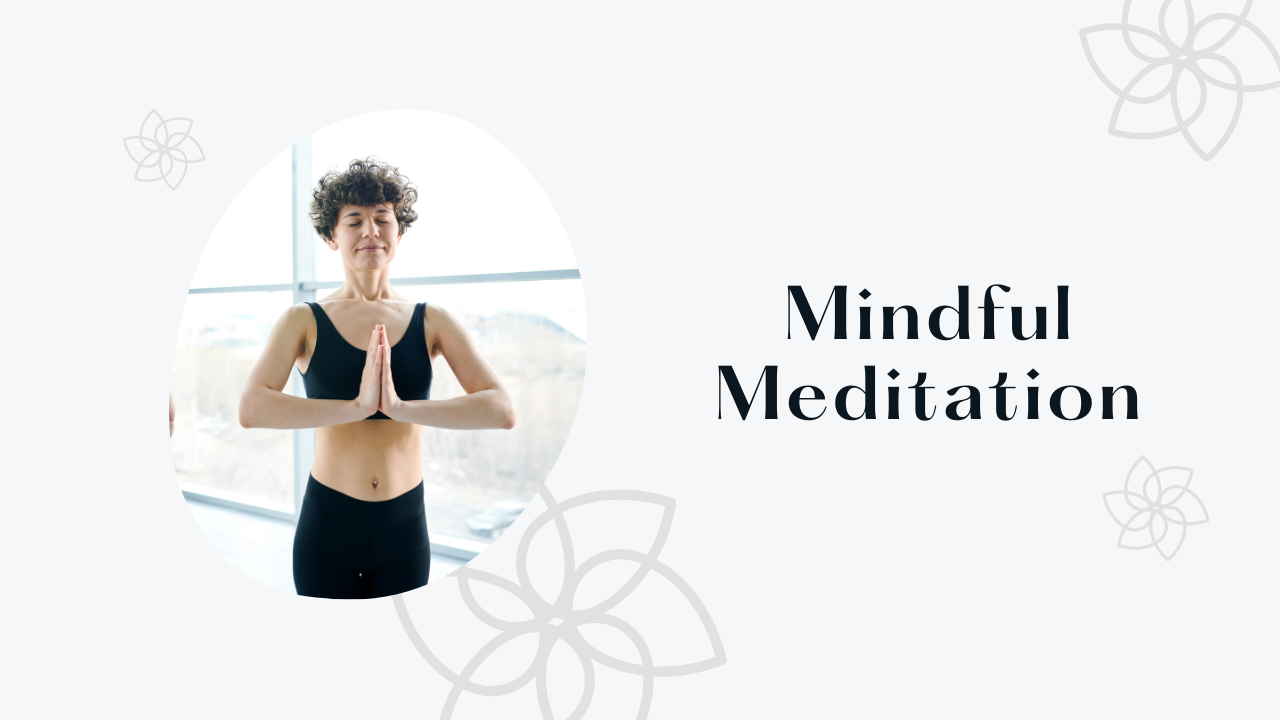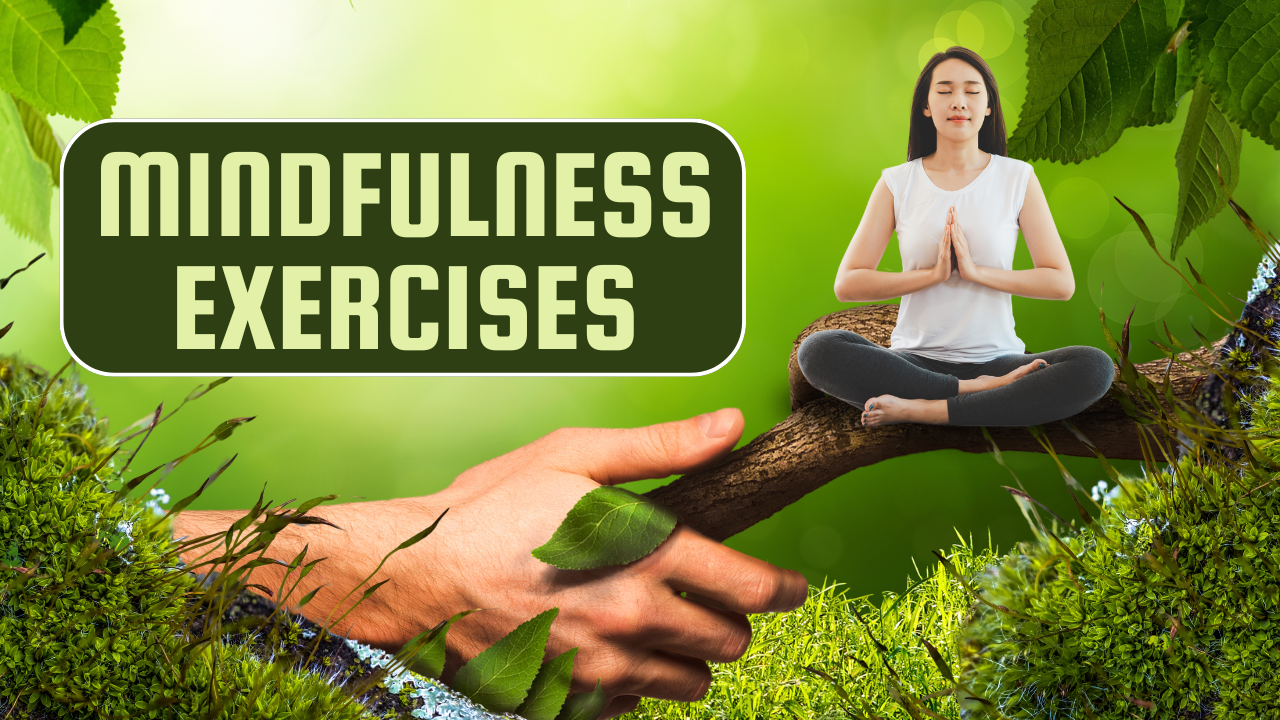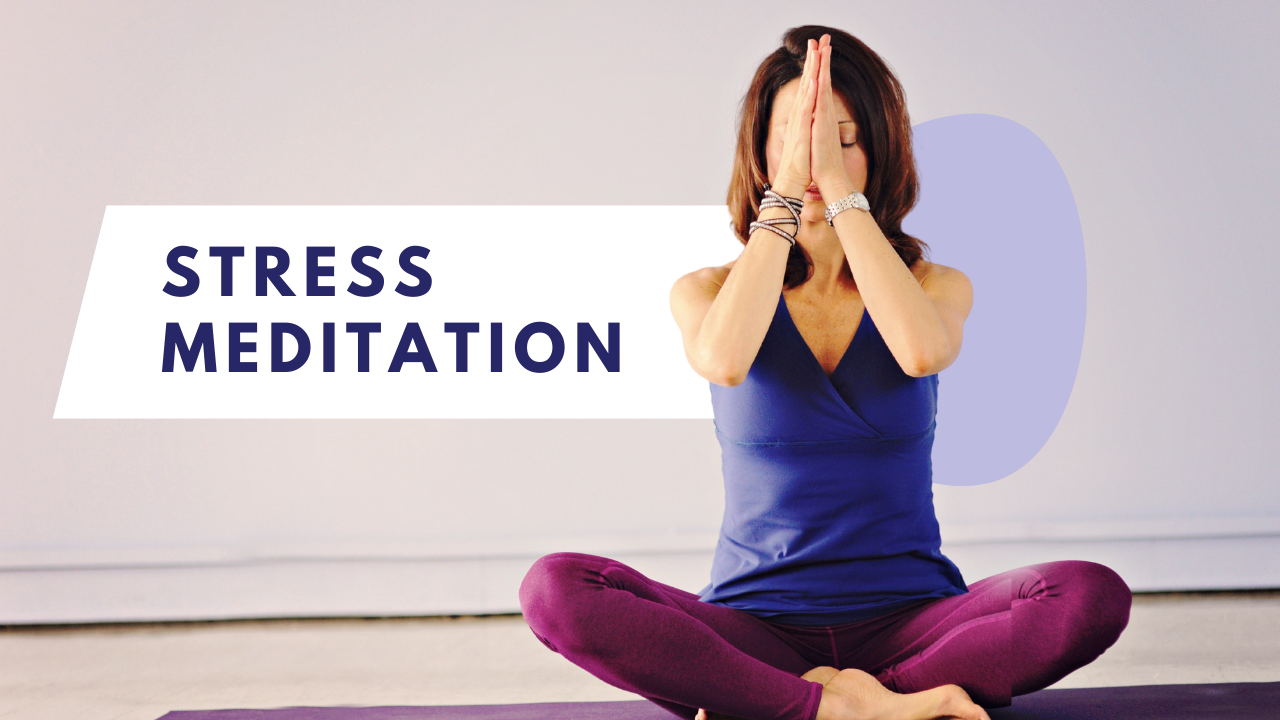Breathing Exercises: Simple Techniques to Calm Your Mind and Body
We do all day, every day, without much consideration. Your physical and emotional health can be greatly influenced by the manner in which you breathe, though.
Often referred to as “breathwork,” breathing exercises are straightforward yet effective ways to control stress, enhance concentration, and even increase your vitality.
Breathing exercises can help you find balance and relaxation whether your mood is agitated, fatigued, or you simply need a time to unwind.
This post will look at the advantages of breathing exercises and present several easy methods everyone may use whether at home, at work, or on the move.
Why Should You Practice Breathing Exercises?
Though many of us don’t really use its strength, breathing is vital for survival. Though we typically take weak breaths or hold our breath, we breathe automatically. This could make one feel tired, stressed, and tense.
Breathing exercises can enable you to use your breath to relax and recharge and make you more conscious of your breathing. Practicing breathing exercises has several advantages, some of which are listed here.
- Reduces Stress: Slow, deep breathing activates the parasympathetic nervous system, which is responsible for relaxation. This helps reduce the physical effects of stress, such as increased heart rate and blood pressure.
- Improves Focus and Concentration: When you focus on your breath, it helps clear your mind and bring you into the present moment. This can improve your ability to concentrate on tasks and make decisions.
- Boosts Energy Levels: Deep breathing helps oxygenate your body, increasing your energy levels and making you feel more alert.
- Improves Sleep: Practicing breathing exercises before bed can help calm your mind and prepare your body for restful sleep.
- Promotes Emotional Balance: By focusing on your breath, you can learn to manage your emotions more effectively and reduce feelings of anxiety or overwhelm.
READ MORE: Meditation for Beginners
The Basics of Breathing
Before we get into particular workouts, let’s first look at how breathing functions and why it is so crucial. Breathing is basically two processes: inhalation—breathing in—and exhalation—breathing out.
- When you breathe in, air fills your lungs and carries in the oxygen your body requires to operate. The oxygen is subsequently sent to your circulation, where it travels to your cells.
- Exhalation: Your cells generate waste product carbon dioxide, which you exhale. Correct exhalation helps your body keep a good equilibrium and removes pollutants.
Most people breathe through their chest, taking shallow breaths that don’t fully fill the lungs. However, deep, diaphragmatic breathing (breathing from your abdomen) is much more effective for relaxation and overall health. This type of breathing helps you engage your diaphragm, a muscle located just below your lungs.
Simple Breathing Exercises to Try
Now that you understand the basics of breathing, let’s dive into some simple and effective breathing exercises. These exercises are easy to learn and can be practiced anywhere, whether you’re at home, at work, or even in the car.
1. Deep Breathing (Abdominal Breathing)
One of the simplest and most effective ways to calm your mind is to practice deep breathing. This exercise encourages you to breathe deeply into your abdomen, expanding your diaphragm rather than your chest.
How to do it:
- Find a quiet, comfortable space to sit or lie down. Close your eyes if that helps you focus.
- Place one hand on your chest and the other on your abdomen.
- Take a slow, deep breath in through your nose, allowing your abdomen to rise (your chest should remain relatively still).
- Exhale slowly through your mouth, allowing your abdomen to fall.
- Repeat for 5-10 minutes, focusing on the rise and fall of your abdomen.
Benefits: Deep breathing helps reduce tension, lower your heart rate, and promote relaxation. It’s perfect for moments when you need to relieve stress or center yourself.
2. 4-7-8 Breathing
The 4-7-8 breathing technique is designed to help you relax quickly and reduce feelings of anxiety. This exercise involves counting as you inhale, hold, and exhale, creating a calming rhythm for your body and mind.
How to do it:
- Sit or lie down in a comfortable position.
- Close your eyes and take a deep breath in through your nose for a count of 4.
- Hold your breath for a count of 7.
- Exhale slowly through your mouth for a count of 8, making a whooshing sound as you breathe out.
- Repeat this cycle for 4-8 rounds.
Benefits: The 4-7-8 technique is great for calming anxiety, improving focus, and even helping with sleep. It’s especially useful when you need to relax quickly during stressful situations.
3. Box Breathing (Square Breathing)
Box breathing is a simple yet powerful technique often used by athletes and military personnel to stay calm under pressure. This exercise involves breathing in a steady, rhythmic pattern with equal pauses for inhalation, holding, exhalation, and holding.
How to do it:
- Sit in a comfortable position with your back straight.
- Inhale slowly through your nose for a count of 4.
- Hold your breath for a count of 4.
- Exhale slowly through your mouth for a count of 4.
- Hold your breath again for a count of 4.
- Repeat for 5-10 minutes.
Benefits: Box breathing helps reduce stress and promotes a sense of control. It’s also great for improving mental clarity and focus.
4. Alternate Nostril Breathing (Nadi Shodhana)
Alternate nostril breathing is a popular breathing exercise in yoga that helps balance the mind and body. It’s said to clear the channels of energy in your body, helping to reduce stress and promote mental clarity.
How to do it:
- Sit in a comfortable position with your back straight and shoulders relaxed.
- Using your right thumb, close your right nostril.
- Inhale deeply and slowly through your left nostril.
- Close your left nostril using your right ring finger and release your right nostril.
- Exhale slowly through your right nostril.
- Inhale deeply and slowly through your right nostril.
- Close your right nostril and release your left nostril.
- Exhale slowly through your left nostril.
- Repeat for 5-10 rounds.
Benefits: Alternate nostril breathing helps calm the nervous system, improve concentration, and balance your energy. It’s perfect for clearing your mind before meditation or a stressful task.
5. Lion’s Breath
Lion’s breath is a fun and energizing breathing exercise that’s often used in yoga. It helps release tension in the face and neck, while also stimulating the throat and improving circulation.
How to do it:
- Sit on the floor or stand with your feet hip-width apart.
- Inhale deeply through your nose, filling your lungs.
- Exhale forcefully through your mouth, making a “ha” sound as you stick out your tongue and open your eyes wide.
- Repeat 5-10 times.
Benefits: Lion’s breath helps release tension, increase energy, and improve your mood. It’s a great way to start your day or boost your energy in the middle of the afternoon.
Conclusion
Breathing exercises are a simple yet powerful tool to help you manage stress, improve focus, and maintain emotional balance. By practicing these exercises regularly, you can cultivate a sense of calm and clarity in your daily life.
Whether you’re looking to relax, boost your energy, or clear your mind, there’s a breathing exercise for every situation. So take a deep breath, practice these techniques, and experience the incredible benefits of mindful breathing. Your mind and body will thank you.

